Maximizing Your Ad Campaigns with a Google Premier Partner: An Insider’s Guide
How BCM’s Google Premier Partner Status Can Supercharge Your Ad Campaigns If you want to get the best ROI for your paid search ads, you need to know...
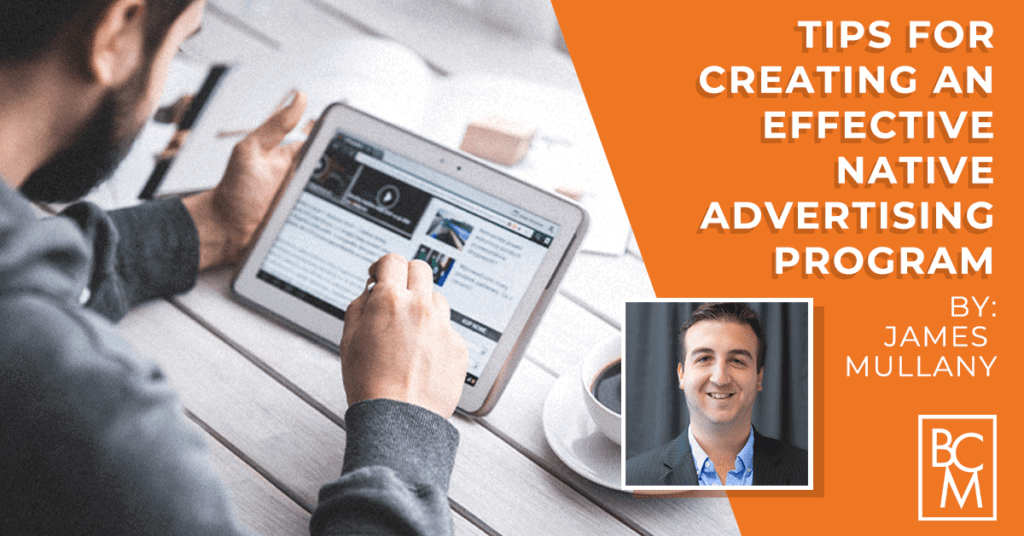

Before we get started, it’s important to distinguish between native advertising and content marketing. As covered by SEMRUSH, “native advertising refers to a single and specific way for marketers to distribute content. This content looks as though it natively is part of the page that it resides on. Content marketing refers to a larger practice of advertising and content distribution as a whole.”
Leading native advertising distribution companies include Outbrain and Taboola, among others. Similarly to how Quantcast evolved from a website analytics tool to an audience powered ad network, many native advertising companies first began as website publishing tools. These tools would build profiles of website traffic and power article recommendations. Their predictive technology would help website publishers identify which content to serve as ‘suggestions’ alongside and at the bottom of website articles. If done properly, this would lead to increased time spent on site and more page views. For example, in the mobile app pictured below there are 3 suggestions positioned as ‘Read Next’ or ‘You May Also Like’ to keep the user within the publisher’s app.
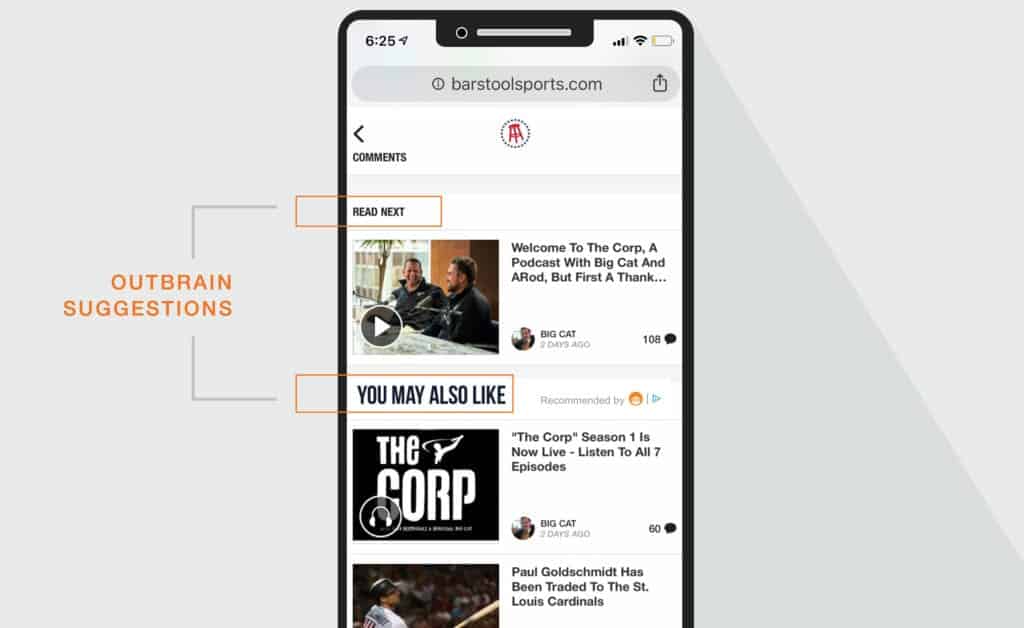
Once the article recommendation tools had collected enough data, they began monetizing the data by inserting paid content in article recommendation modules. Despite the inclusion of the terms ‘paid’ or ‘advertiser’ within these modules, the format made paid content appear native, as it is most commonly referred to today. I’m sure you have seen many of these ads across your daily web browsing and will continue to see more as publishers adopt feed-based advertising practices from the likes of Facebook and Twitter.
Many emerging Direct to Consumer (DTC) brands such as Dollar Shave Club, Indochino, Hubble, etc. have created and captured demand through advertorials and listicles, other forms of native advertising. Common across each of these executions is that the brand steps back and allows the story or content to lead. After search engine marketing, native advertising is often the first upper-funnel tactic that many DTC brands leverage to expand reach, but at a reasonable cost-per-sale.
Recently, BCM executed a native advertising program designed to increase product awareness and purchase intent for a leading household products brand focused on emergency preparation. The campaign tested multiple creative variations and utilized eye-catching imagery and provocative headlines. It drove to a landing page created by BCM with a listicle-style article that offered informative content about storm preparation and featured hero products that users might find helpful in those situations. Rather than overtly hawking products, the brand offered consumers useful content and positioned its products as a solution to a problem. In addition to driving highly efficient CPCs, a control/exposed brand study showed 100% lift in product awareness and 92% lift in purchase intent among consumers who were exposed to the content.
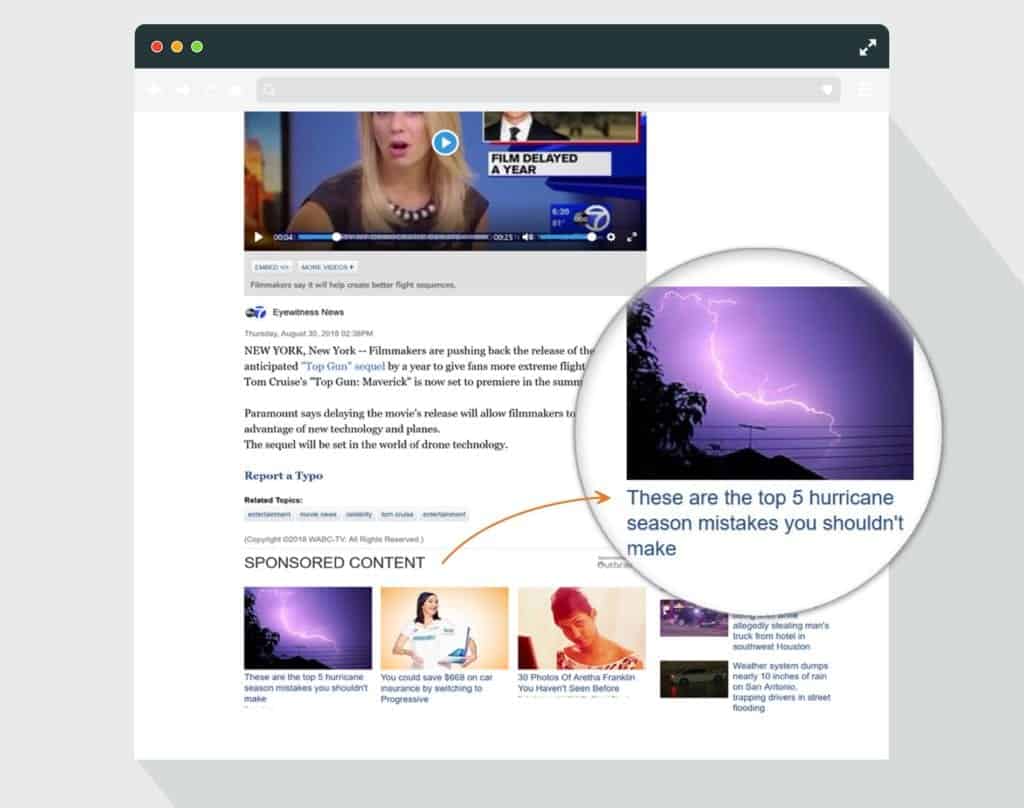
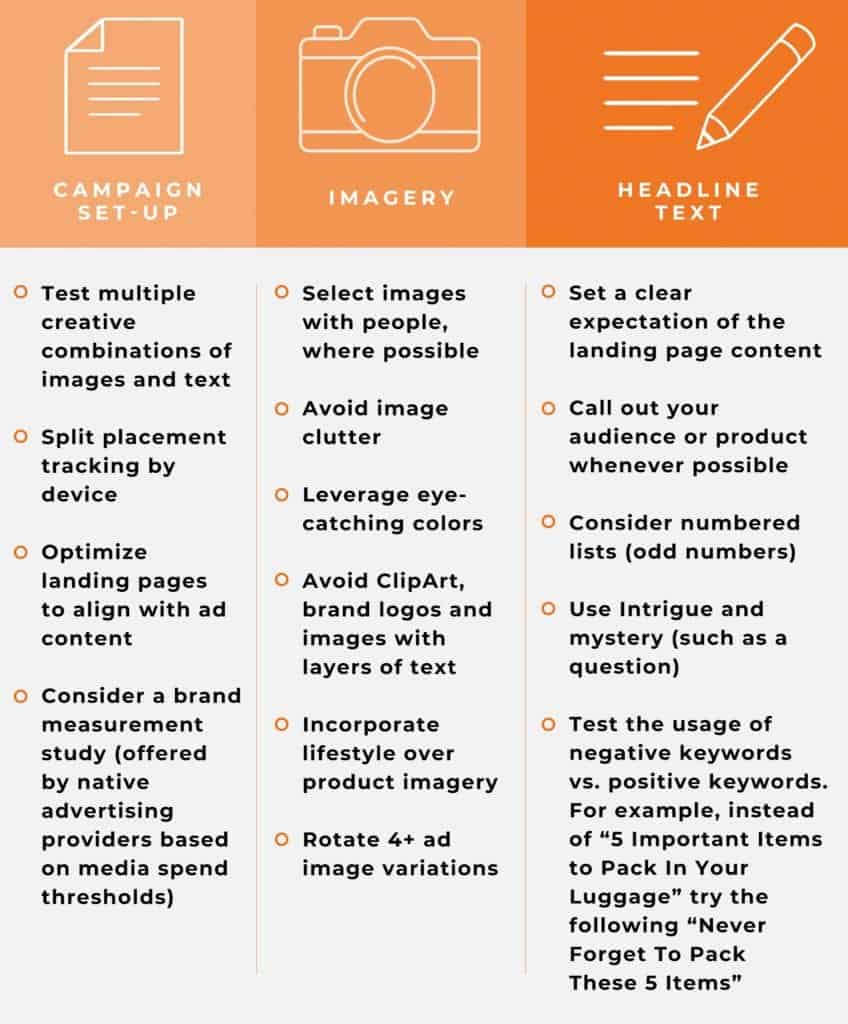
We want to hear from you! Tell us how your native advertising efforts may have helped to build your brand.

How BCM’s Google Premier Partner Status Can Supercharge Your Ad Campaigns If you want to get the best ROI for your paid search ads, you need to know...
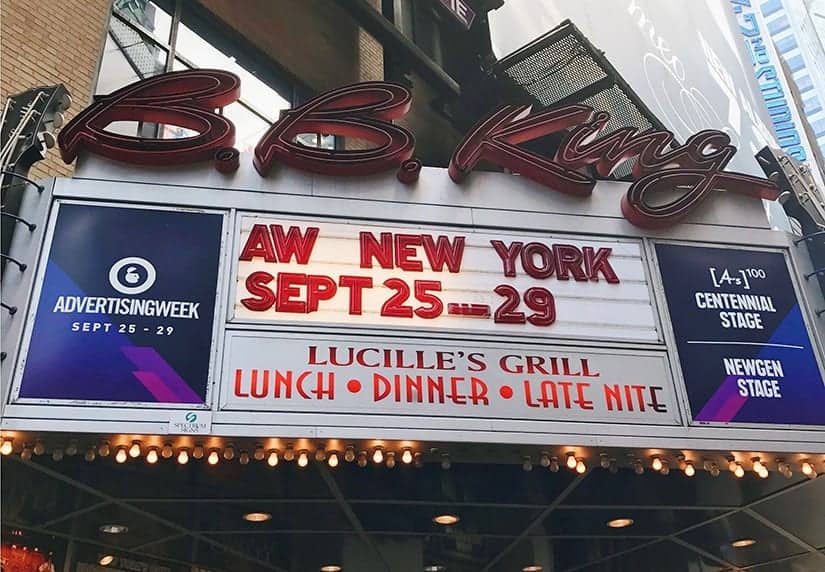
As we mentioned last week, our team made the most of Advertising Week NY. We were hopping from venue to venue around Times Square to hear about all...

The Beeby Clark+Meyler team was running all over Times Square during Advertising Week NY, attending dozens of sessions to hear from industry thought...